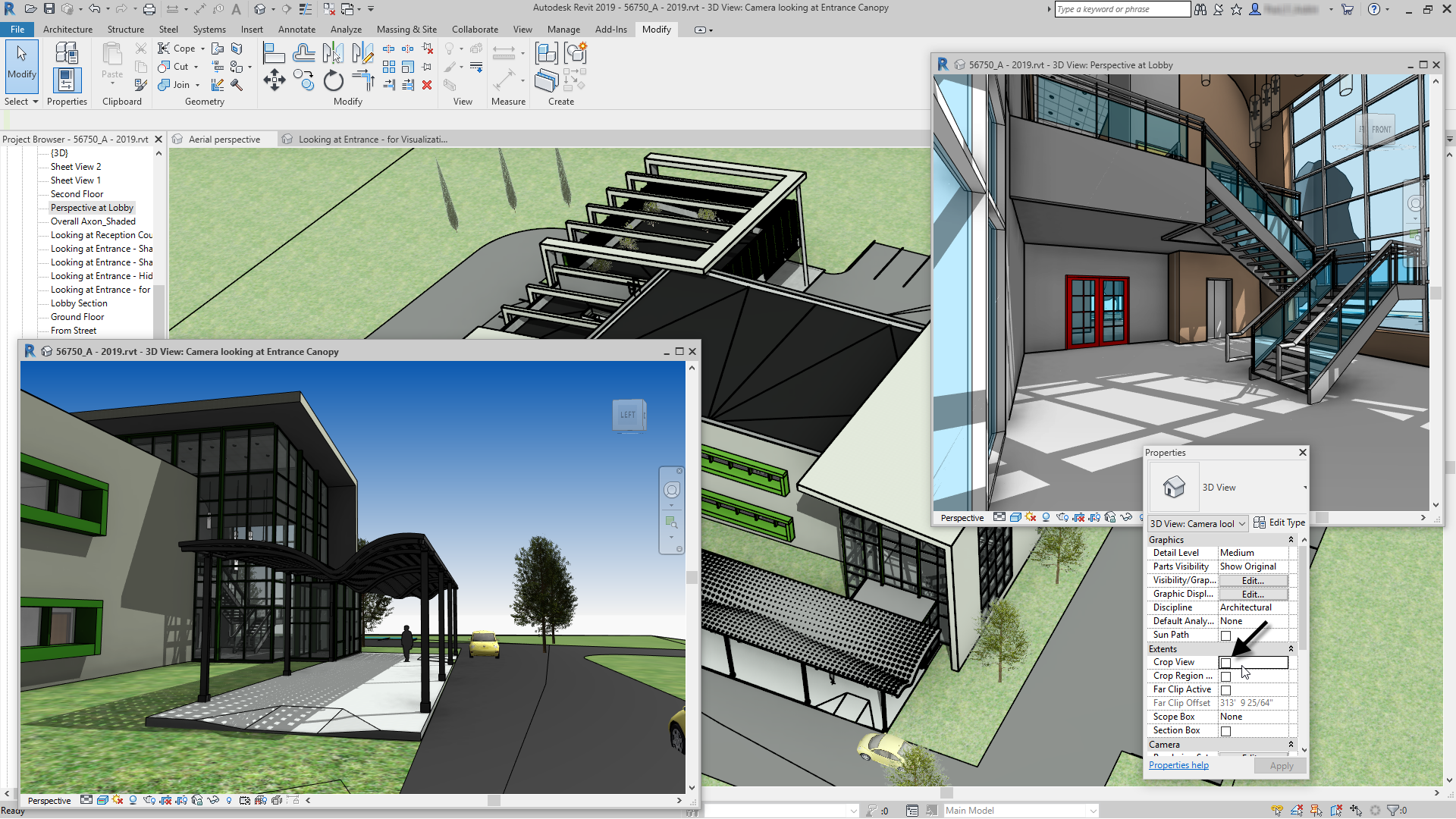
Zone Equipment, Air and Water Loops), the report populates only Zone Loads where the analysis assumes systems to be ‘ideal’. One feature of Systems Analysis in Revit 2022 is if no Analytical System is defined in the model (i.e. While the default EnergyPlus output met many of the requirements it wasn’t easy to navigate the new loads and sizing report is more intuitive and comprehensive in Revit 2022. This breakdown should be relatively familiar to most Mechanical/HVAC engineers as it follows a pattern that’s similar to many 3 rd party analysis tools used for this purpose. This new and improved report provides key information on Zone Loads, System Loads and Psychrometrics all in one place. New HVAC Loads and Sizing Report in Revit 2022 This represents several improvements over the previous, default EnergyPlus output report that was provided by Systems Analysis since it was released in Revit 2020.1 The big addition to Revit 2022 for Mechanical Systems Design and Analysis is the new HVAC Loads and Sizing Report. Systems Analysis Additions and Enhancements Let’s start there with what’s new for Systems Analysis. Mechanical systems are in focus, too, with enhancements to Systems Analysis for early-stage design, and additions for detailers with an improved design to fabrication workflow. The focus on documentation comes from a great deal of user feedback on Revit Ideas - more on that in a minute. The aim is more efficient tools for producing project deliverables and productivity boost for architects and engineers.



In it’s totality, documentation is the word of the day for Revit 2022, with all major disciplines getting a big shipment of enhancements to schedules, tags, and annotations. Revit 2022 has some practical and useful new features for MEP.


 0 kommentar(er)
0 kommentar(er)
